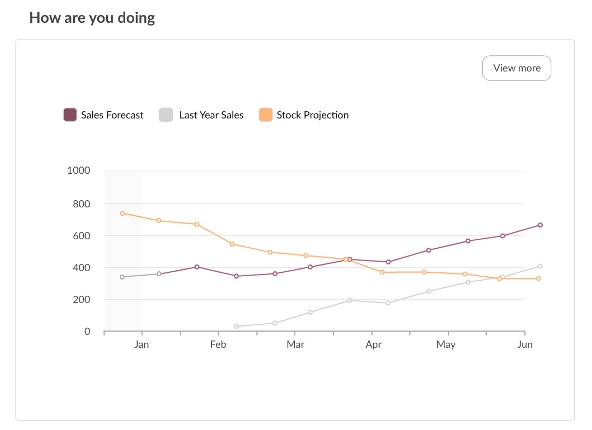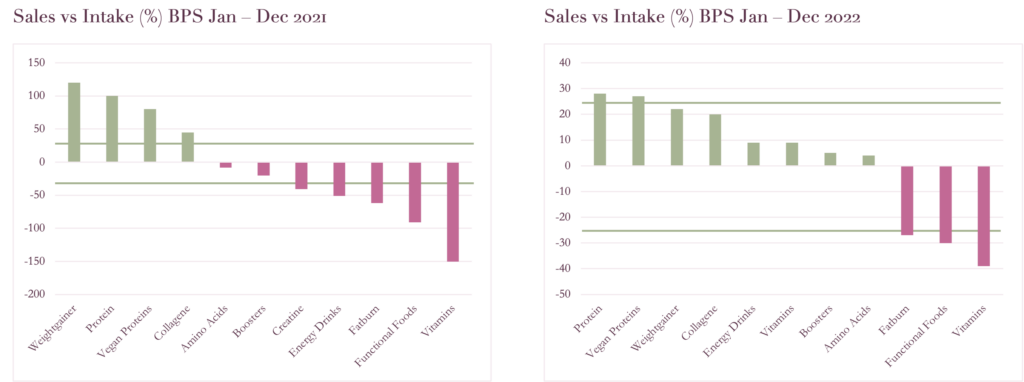Case Study: Improve Purchase Order management
Customer
A Dutch fitness and sporting supplements store.
Challenge
A fast growing online shop that is taking more and more time to run, taking away valuable time from the core business.
Solution
Shelf Planner’s Inventory Optmization and Purchase Order management for WooCommerce.
Scope
Generate Order Proposals and automate Purchase Order proposals for hundreds of products, every 2-3 months.
A Dutch physiotherapist and fitness coach, who started his WooCommerce store as a side business, contacted Shelf Planner to see if it was possible to automate the purchase process for his store. His primary business – coaching professional athletes – was suffering as he had to spend more and more time operating and running his store.
What initially started as a side hustle turned into a thriving business. The only question was, how could he continue doing what he loved and run his store at the same time, without working around the clock.
The Solution
Shelf Planner was engaged to connect the client’s data into the forecasting engine in the Shelf Planner AI platform, with the goal of forecasting sales up to 6 months in advance. Starting with a small sample of SKUs to prove the technology, the Shelf Planner team worked to include covariate data such as COVID-19 cases, mobility data, government actions such as shelter-in-place orders, and online traffic.
Once we became familiar with the client’s product range, it became clear we needed to split products into 2 buckets: those with short lead times and those with longer lead times, as different forecasting approaches and data streams were relevant for each bucket.
Sales Forecasting is a particularly powerful tool for ecommerce businesses because the space allows for access to a plethora of data and data streams – fantastic for some of the data hungry algorithms in the Shelf Planner AI Forecasting Engine.
In the case of this store, a combination of quality data, powerful technology, and a strong project team produced the accuracy results that the client needed to succeed.

The Results
At the beginning of the project, we used one of the standardized Shelf Planner reports to understand the Sales to Stock Ratio.
Your stock to sales ratio can help you understand how much capital you have tied up in inventory on average over a specific period of time, and how that compares to your revenue from sales.
By tracking it consistently (ideally for 3 to 5 years), you gain new insights that you can use to optimise your stock levels, adjust your sales model, and subsequently maximise your bottom line.
For instance, if your stock to sales ratio is lower than you’d like, you can infer that you are stocking out and aren’t holding enough inventory to consistently meet customer demand. To increase it, you should buy more inventory (provided the company’s sales volumes don’t change), and improve demand forecasting in future seasons.

The graphs shown here portray the average sales to stock ratio during Jan – Dec in 2021 (left) and the ratio in 2022 (right). We managed to improve the Sales to Stock Ratio dramatically. Already after 8 weeks we started to see the difference.
The 2 green horizontal lines in these graphs show the Ideal Stock, based on Lead Times from suppliers, and the order frequency. For this store, we have used a quarterly order pattern, meaning the store owner wants to place purchase orders once every 12 weeks.
Customer feedback
This level of automation has saved me countless hours of manual inventory tracking and has allowed me to focus more on growing my business. However, what truly sets this plugin apart is the dedicated and professional team behind it. The developers and support staff have been incredibly responsive and helpful throughout my journey with the plugin. Their expertise and commitment to continuously improving the plugin have been evident in the frequent updates and new features they roll out.
Patrick V.



